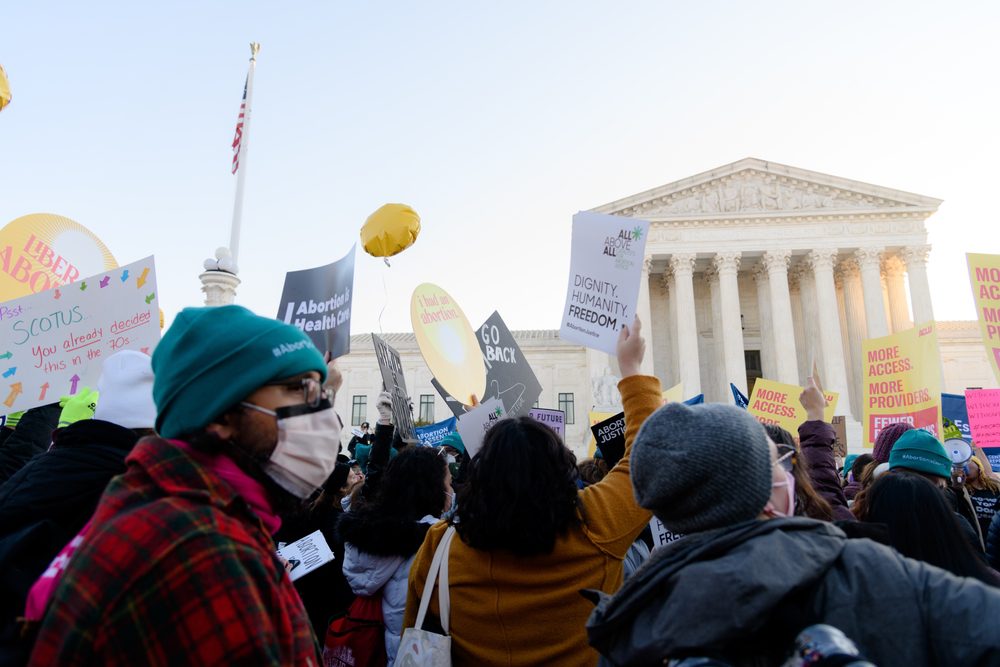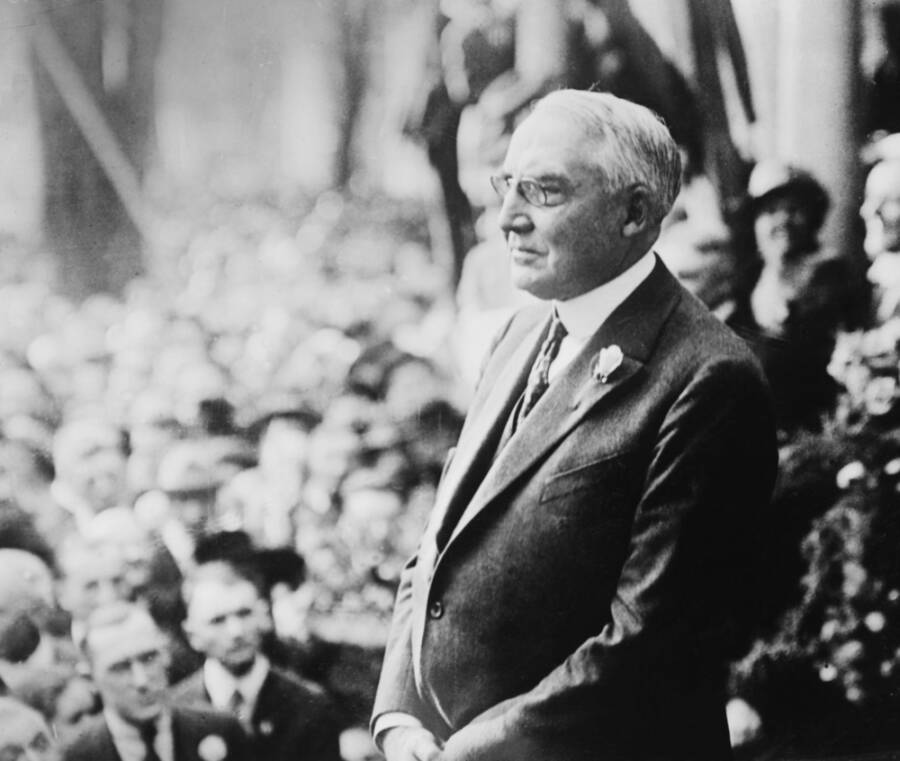6 Important Supreme Court Cases That Were Overturned:
It’s not so common for the U.S. Supreme Court to overturn a decision of its own. Out of 25,500 decisions that were handed down by the Supreme Court since it was first established in 1789, only 146 of them were reversed, which is less than one-half of one percent.
That’s mainly because the legal concept of precedent was very important when it came to common law systems for “at least 1,000 years”, as David Schultz, a law professor at the University of Minnesota Law School, explained.
“Precedent means that “like cases should be decided alike.”It appeals to our notions of justice, but also of fairness.” Judges usually want to defer to precedent, as they feel that it encourages predictability, uniformity, and consistency in the legal system.
Throughout history, the Supreme Court only overturned decisions when the original solution proved to be completely “unworkable”, or when the conditions on the ground went in another direction.
“Usually, you didn’t overturn precedent only because you thought that a previous Supreme Court got it completely wrong” as Schultz, author of Constitutional Precedent in U.S. Supreme Court Reasoning, explained.
However, that historic deference to precedent changed a lot over the past century. Here are some of the most important and high-profile Supreme Court cases that were later overturned:

Hammer v. Dagenhart (1918)
Schultz recalled that some of the most important reversals on the Supreme Court occurred during the New Deal period when Franklin D. Roosevelt and Congress decided to pass sweeping economic and social reforms.
Such laws included the Fair Labor Standards Act (1938), which outlawed child labor all over the country. Before 1938, every state decided its own child labor laws.
When the Supreme Court dealt with Hammer v. Dagenhart in 1918, there wasn’t any nationwide ban when it came to child labor, but there was a federal law that was forbidding interstate shipment of goods that were produced by child labor.
A business owner from North Carolina even decided to sue the government, as he wanted to employ his 14-year-old son, and he wasn’t allowed to ship his products over state lines.
So in Hammer, the justices decided for the business owner, but decades later, when the Supreme Court got in contact with another case, United States v. Darby (1941), the justices decided to question the rationale of the 1918 decision.
Minersville School District v. Gobitis (1940)
In 1940, there was a constant debate about whether America should join the fight against Nazi Germany. In such an anxious atmosphere, the Supreme Court got in contact with the case of Lillian and William Gobitis, who were two kids from Pennsylvania who got expelled from school after they refused to salute the flag.
The Gobitis family happened to be Jehovah’s Witnesses and their religion simply prohibited it. In this case, the justices ruled that “religious expression took a back seat to patriotism.”
But only in a couple of years, the U.S. went to war with both Germany and Japan, and the Supreme Court decided on the opposite ruling in a very similar case.
Of course, Schultz wonders if the rapid ruling had anything to do with that particular context of war, where everyone was shocked by the atrocities committed by Germany based on religious persecution.
Plessy v. Ferguson (1896)
When it comes to decisions that changed the landscape of American life, Brown v. Board of Education of Topeka (1954) definitely is the best example.
Brown famously decided to overturn the 1896 case of Plessy v. Ferguson, a case where a very different Supreme Court blessed the segregationist doctrine of “separate but equal” as being constitutional.
But when the Court heard about Brown, it knew about all the decades of social sciences research that proved the damaging effects of segregation on the Black community. The justices ruled that the doctrine “separate but equal” was definitely violating the Equal Protection Clause of the 14th Amendment.
“Whatever might have been the level of psychological knowledge at the time of “Plessy v. Ferguson”, this decision is deeply supported by modern authority.” as Chief Justice Earl Warren wrote in his landmark opinion. “Any given language in Plessy v. Ferguson opposing to this finding is rejected.”

Betts v. Brady (1942)
As Smith Betts didn’t have any money to pay for a lawyer after getting arrested for robbery in Maryland, he asked the court for one. But according to Maryland law, criminal courts could only provide counsel for “indigent” defendants for a couple of cases, and robbery wasn’t included.
Betts was forced to defend himself in court, lost his trial, and had to do eight years in jail. Betts tried to appeal to the Supreme Court that the 6th Amendment and the 14th Amendment gave him the right to a fair trial and that the state’s decision not to offer him a defense lawyer was nothing but unconstitutional.
The Court disagreed and ruled 6-3 that there’s no such “right” to counsel, no matter the criminal case. Justice Hugo Black was among the few that sided with Betts, stating that “the right to counsel in a criminal proceeding is fundamental.”
Bowers v. Hardwick (1986)
At the beginning of the 1980s, most U.S. states criminalized homose*uality, considering that two men that have consensual intercourse in the privacy of their home are a crime.
Well, in Bowers v. Hardwick (1986), a Georgia man decided to challenge the constitutionality of this law, as violating his privacy and his fundamental rights. After that, the Supreme Court ruled that “the Constitution doesn’t confer a fundamental right for homose*uals to engage in so*omy”.
However, Schultz observed an interesting thing: the justices in the early 1980s were greatly influenced by public opinion at the time, and no one was supporting the L.G.B.T.Q. rights.
As he declared, “the Court is technically supposed to be above politics and not affected by any public opinions. But given the fact that the Court members are all appointed by presidents that were indirectly elected by the people, and confirmed by a Senate that also is directly elected by the people, it would be simply naive to consider that the Court is totally indifferent to public opinion.”

Austin v. Michigan Chamber of Commerce (1990)
The Supreme Court has been asked multiple times to think through the influence of money in politics, and it tackled many times the issue of whether corporations should endorse candidates the same way they would do with individual citizens.
In 1990, the Court heard Austin v. Michigan Chamber of Commerce, where the Michigan Chamber of Commerce, which was a nonprofit corporation, wanted to use the money from its general funds to support or oppose political candidates.
But in 2003, the Court head McConnell v. FEC (Federal Elections Commission) which challenged the validity of the well-known McCain-Feingold bill.
The bill was also called the Bipartisan Campaign Reform Act of 2002, and it applied a ban on unrestricted “soft money” contributions from corporations, but also restrictions on political ads that were funded by corporations in the 60 days of an election.
Once again, the justices decided against the corporations in McConnell, stating that the government had a legitimate interest in preventing “both actual corruptions threatened by big financial contributions and the appearance of corruption.”
If you found this article to be useful, we also recommend: 5 Times The British Royal Family Truly Shocked the World





